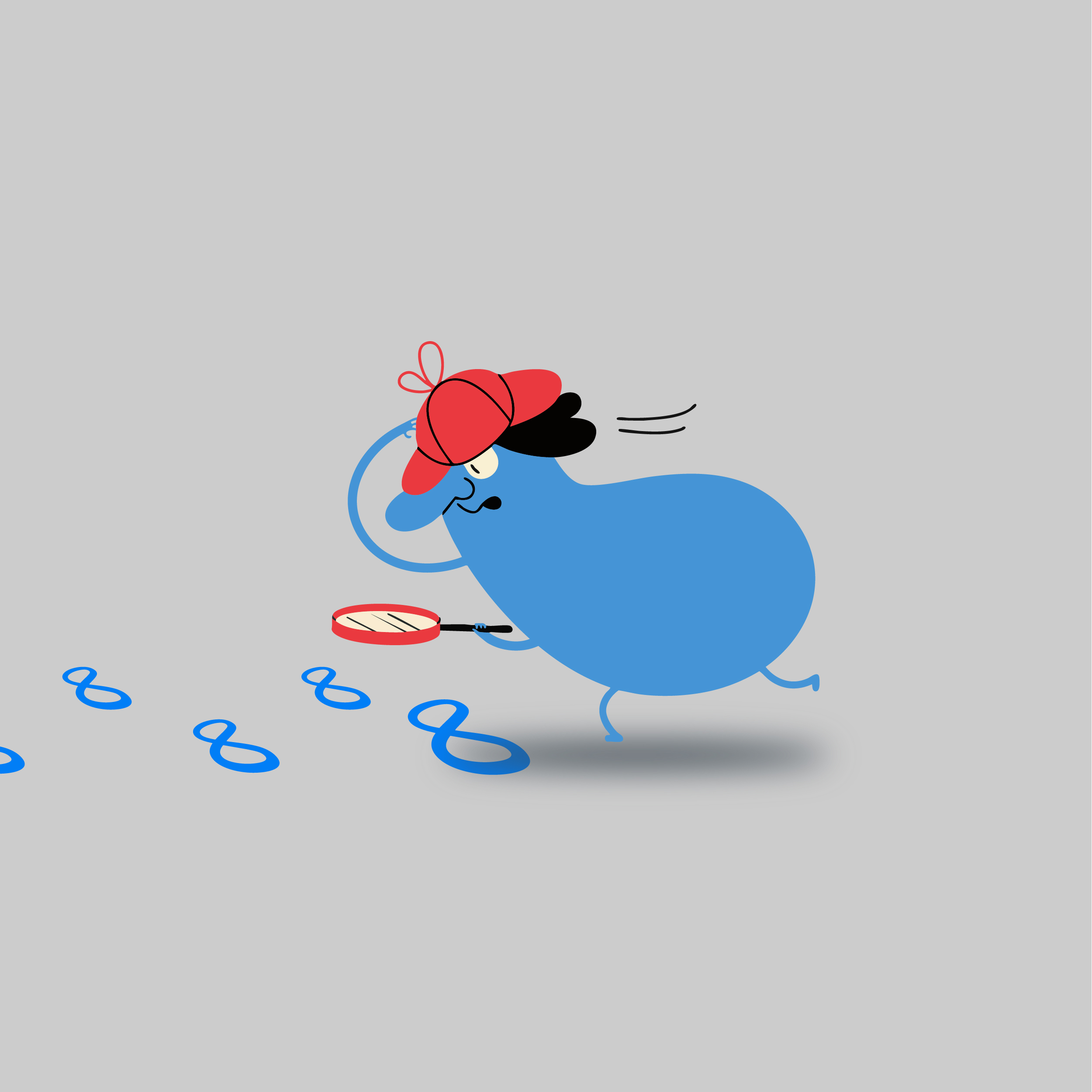When it comes to connecting with your audience, appealing to their emotions is a powerful place to begin. Let’s consider the nine emotions: surprise, happiness, love, pride, contentment, anger, sadness, anxiety and shame- how could you use them to engage your target market? Emotions are often (subconsciously or not) at the forefront of our decision-making processes, so it’s essential that businesses develop a deeper understanding of the kinds of emotions that may affect their target market consumer. That’s why understanding this is integral to the creation of your next internet marketing strategy.
Let’s take a look at an example of this in action; in 2015, Kmart released an advertising campaign called ‘1000 Mums’. To the untrained eye, this ad seemed to focus on advertising ‘low prices’, but there was something much more powerful at play here. Through market research, Kmart came to understand the types of emotions that affected the decision making processes of their target market consumer- mothers. Kmart understood that this target market felt happy and less anxious when achieving to spend within their budget, and yet also felt a sense shame to shop within a budget at a discount store.
The end result was a gamechanger, to say the least- the ‘1000 Mums’ advertising campaign was built around creating a community of mothers to cultivate a sense of acceptance for one another. It became about more than celebrating low prices; the ad connected with its audience through its emotional pull. Not to mention the increase in sales; in the first six months after the campaign, traffic through the store increased by 3,000,000 new shoppers, and sales increased by $25,000,000. This campaign was so successful it saw the repositioning of Kmart in the discount department industry.
So before creating your next advertisement, try and understand the emotional journey of your target market first. If you have the budget to do so, surveys and focus groups are amazing avenues to collect data on your target audience. It’s up to you to design this research according to your business’ priorities, but consider questions such, ’would you tell your friends about our product?’. This may help to uncover whether or not your consumers feel shame, pride or other such emotion towards your product. You’ll most likely discover more about your customers than you expected, too!
When conducting your market research, it’s so important that you come to understand how emotion affects your target market at each stage of the decision-making process;
- Problem recognition
- Information research,
- Evaluation of alternatives,
- Purchase Decision,
- Post-purchase evaluation.
Let’s take a look at another example; do you have a family event you need to promote? Well, you may be targeting parents in Generation Y. Do you know what is often most important in their decision making processes? Their kids- and particularly the happiness of their kids. So, you could consider showing not just children’s rides and food trucks in your video advertisement; you may want to show visuals of children smiling and having fun or even giving their parents a loving hug in your next video advertisement too. These emotional cues may influence a parent to bring their families to your event over your competitors.
It is also very important to never shy away from the negative. Like positive emotions, negative emotions have an incredible pull on our decision making processes. Kmart’s ad was aimed at converting shame into pride, through communicating acceptance. In order to do the same for your family event, you may realise that some parents feel anxiety about losing their children in a large crowd. To combat this, you could show visuals of a relaxed environment that’s not too crowded and perhaps hint at this further through relaxing music in the background of your advertisement. This may reduce the parent’s anxiety to come (and bring their children) to your event.
As Maya Angelou said, ‘people will forget what you said, people will forget what you did, but people will never forget how you made them feel’. And this rings true in advertising campaigns- emotions are an incredibly powerful tool in connecting with your target market. Why not give it a go for your next marketing strategy? The results may surprise you.


